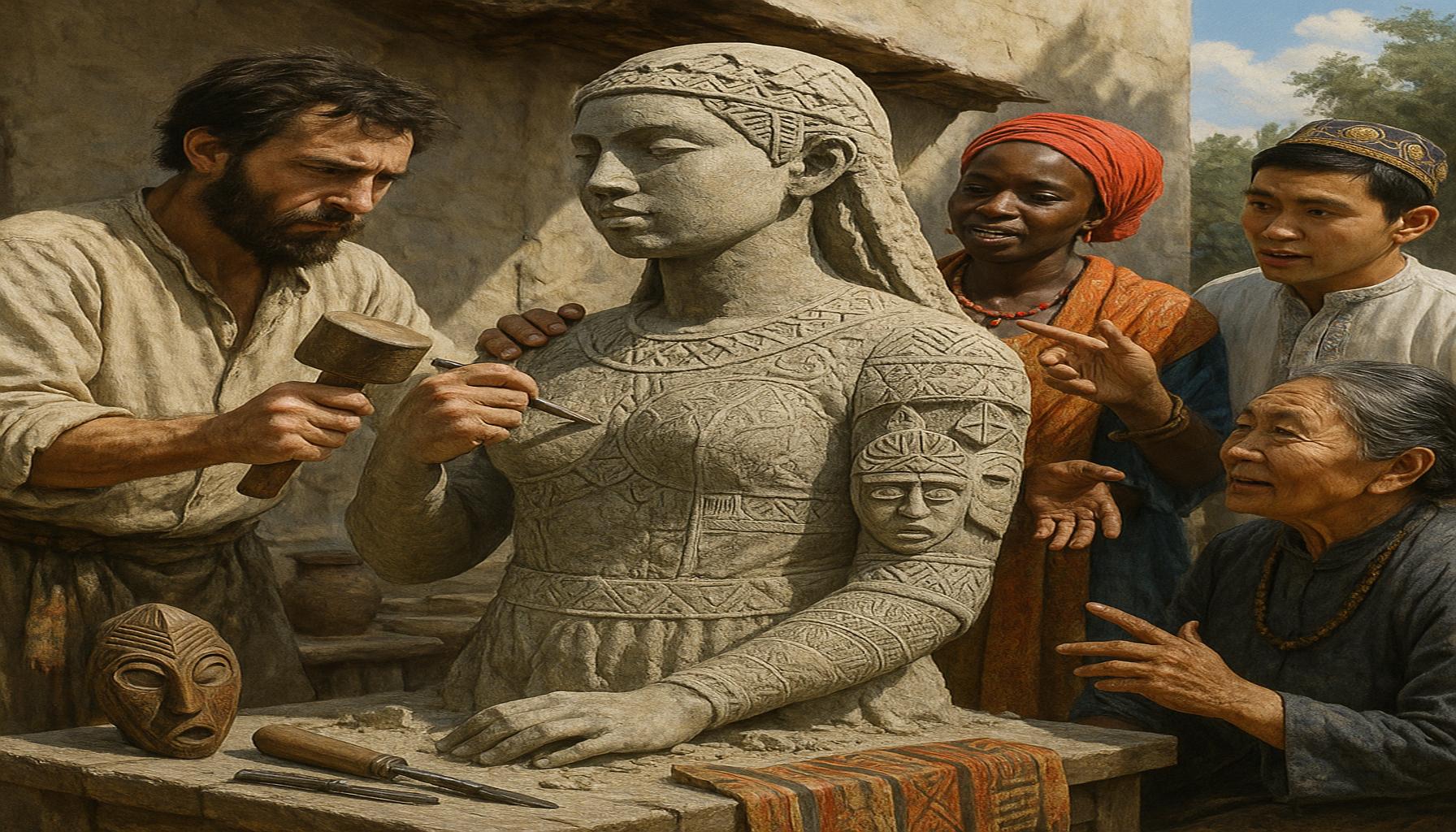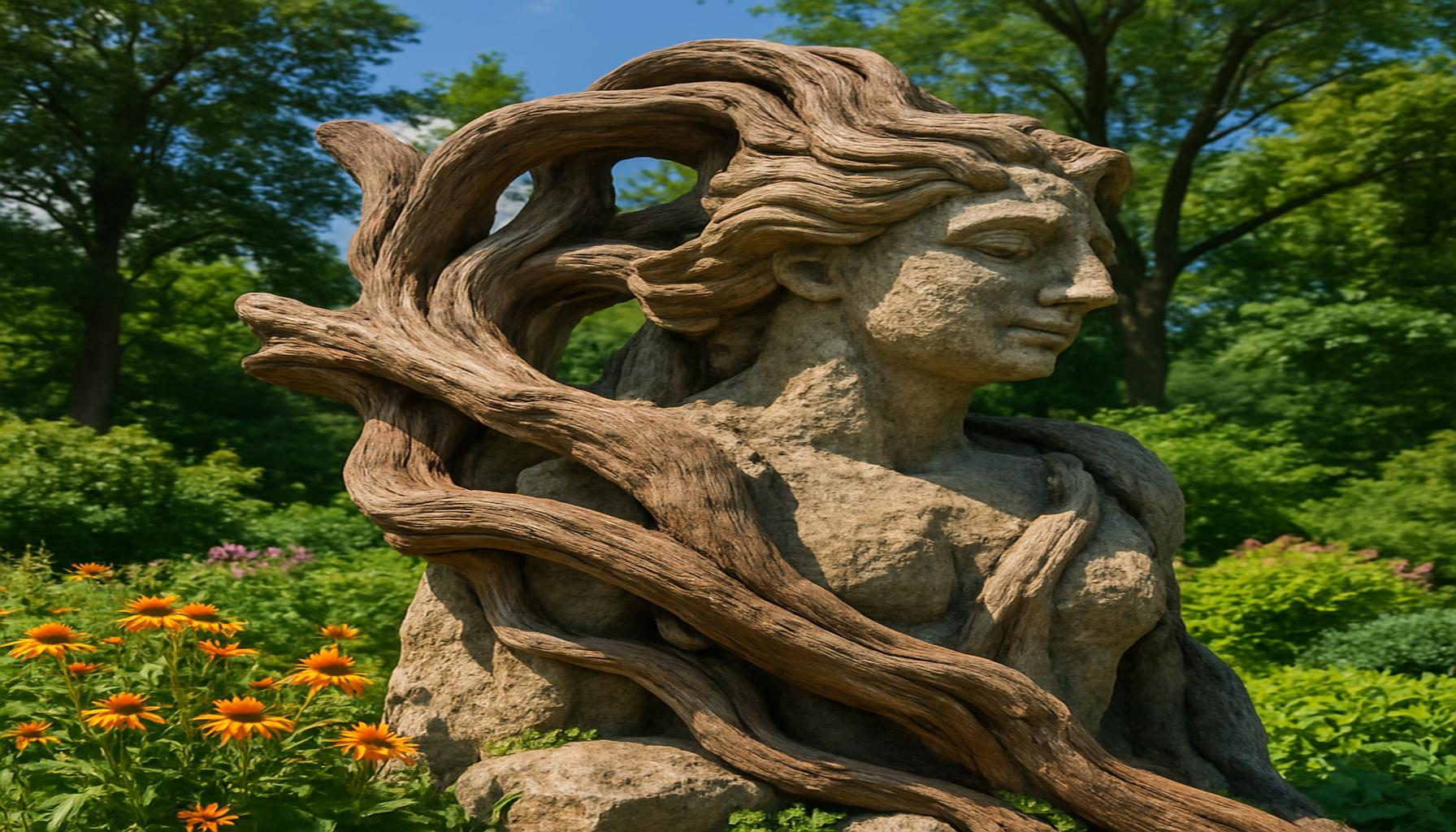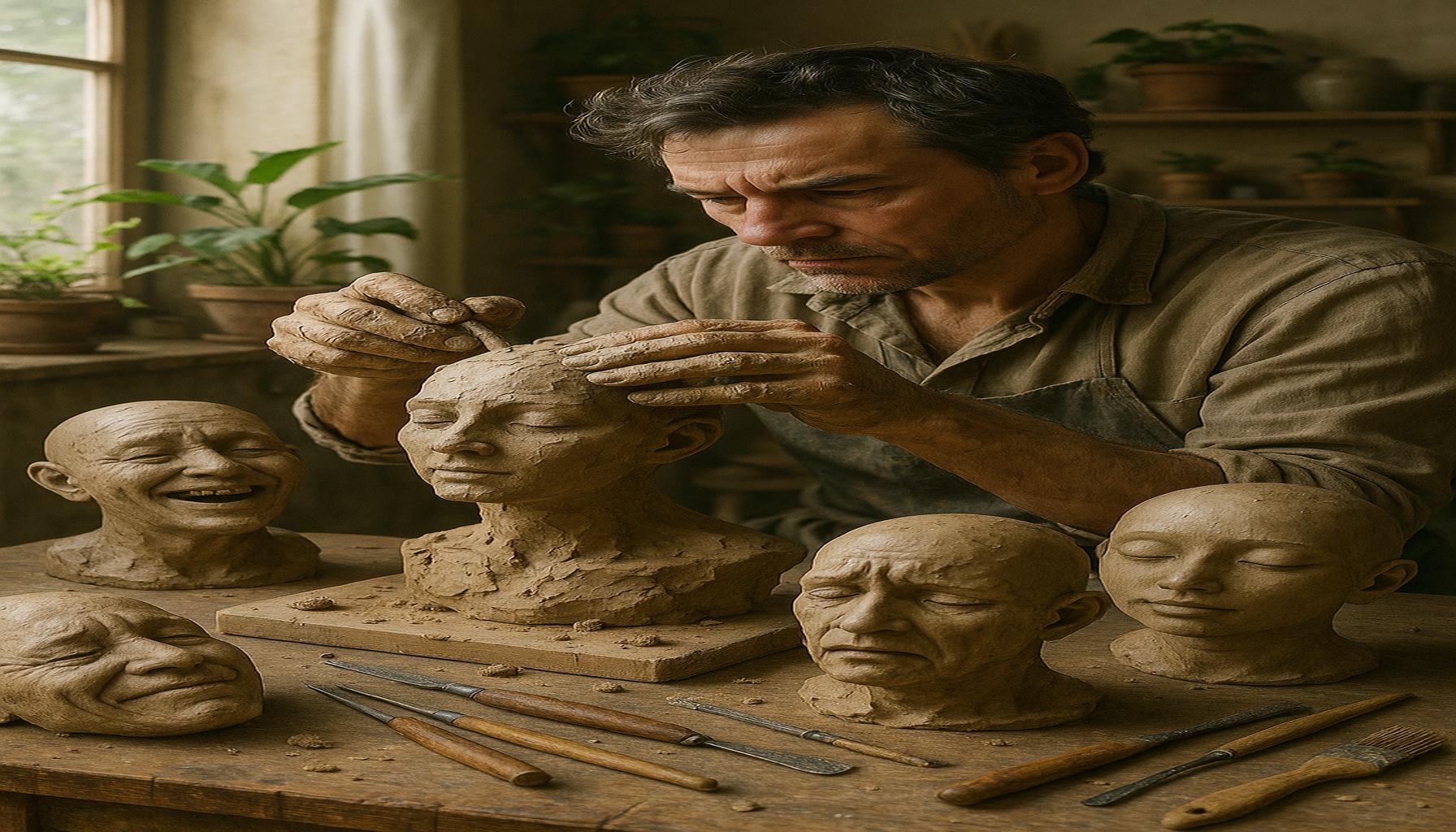The evolution of sculpture: traditional versus modern techniques
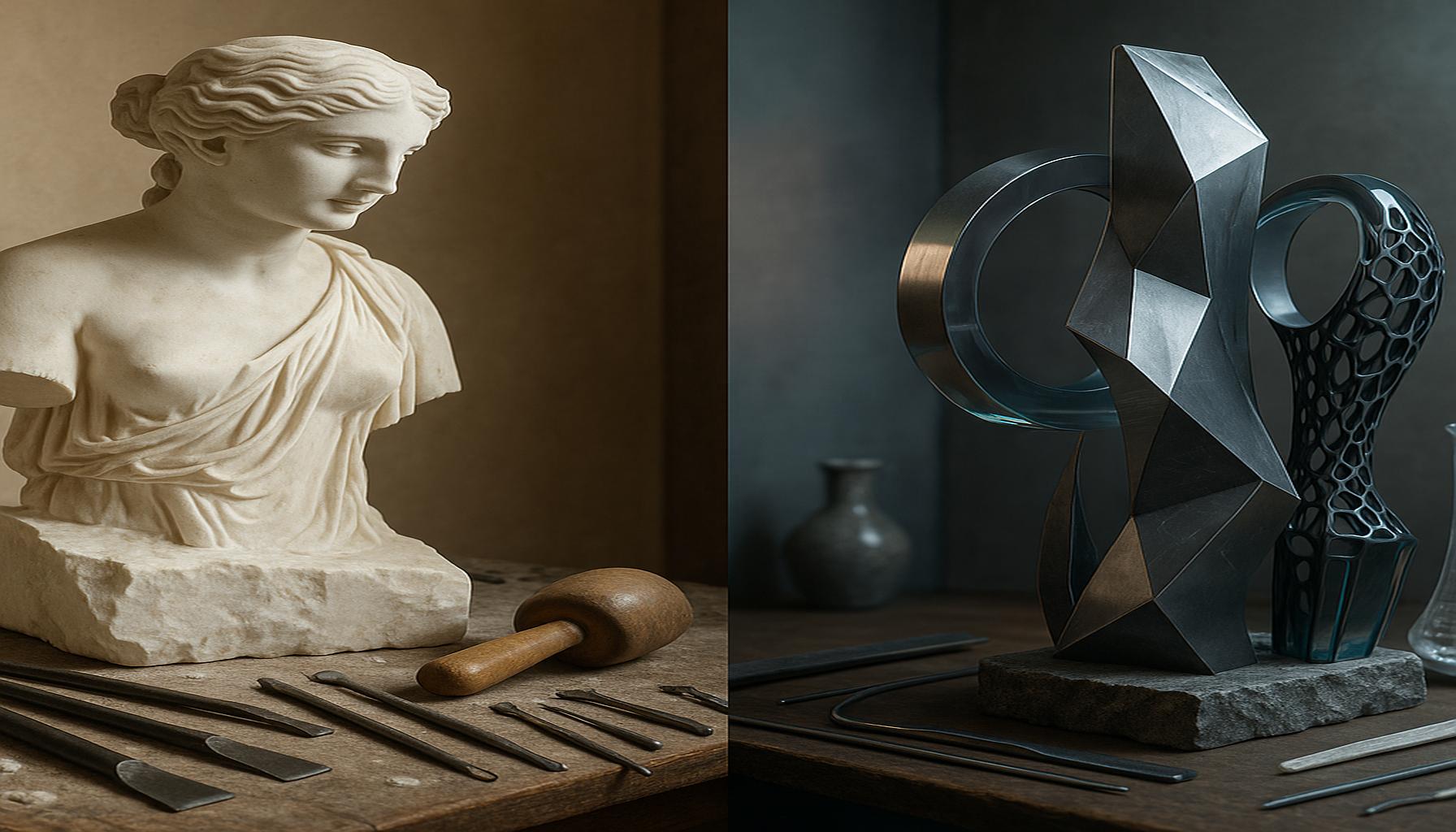
The Evolution of Sculpture
Throughout history, sculpture has served as a profound medium of expression, capturing the ethos of its time. This art form has transitioned dramatically from ancient civilizations to contemporary practices, each era reflecting distinct technological advancements and cultural shifts. The contrast between traditional techniques and modern innovations highlights not only the artistic journey but also societal transformations that occur over time.
Traditional Sculpture Techniques
In ancient times, sculptors predominantly utilized materials like marble, wood, and bronze. Each medium held its own significance and required immense skill. For instance, marble was highly prized during the Roman and Greek eras for its breathtaking beauty and ability to capture fine detail, as seen in timeless masterpieces such as Michelangelo’s David. Working with marble often involved extensive chiseling and polishing, demanding years of practice to master.
Wood has been integral to sculptural practices around the globe, especially in indigenous cultures. Carvings from African tribes, such as the intricate masks used in rituals, exhibit a deep cultural narrative, often reflecting societal beliefs and ancestry. Alternatively, bronze offered exceptional durability and flexibility, allowing for dynamic forms and intricate castings. The Lost Wax method, commonly employed for bronze sculptures, illustrates the sophisticated techniques that artisans developed to achieve lifelike representations.
Modern Innovations in Sculpture
As we advanced into the modern age, a wave of innovative techniques revolutionized sculpting. For example, the advent of 3D printing has transformed artistic possibilities, enabling creators to produce complex shapes and patterns that would be challenging to realize with traditional methods. Artists like Greg Lynn have harnessed this technology, pushing the boundaries of form and structure in sculpture.
Installation art also emerged as a significant trend, where artists create immersive experiences that invite viewers to engage with their environment. Works like Damien Hirst’s The Physical Impossibility of Death in the Mind of Someone Living, featuring a preserved shark in a glass tank, challenge the viewer’s perceptions of the role of art and its context within space.
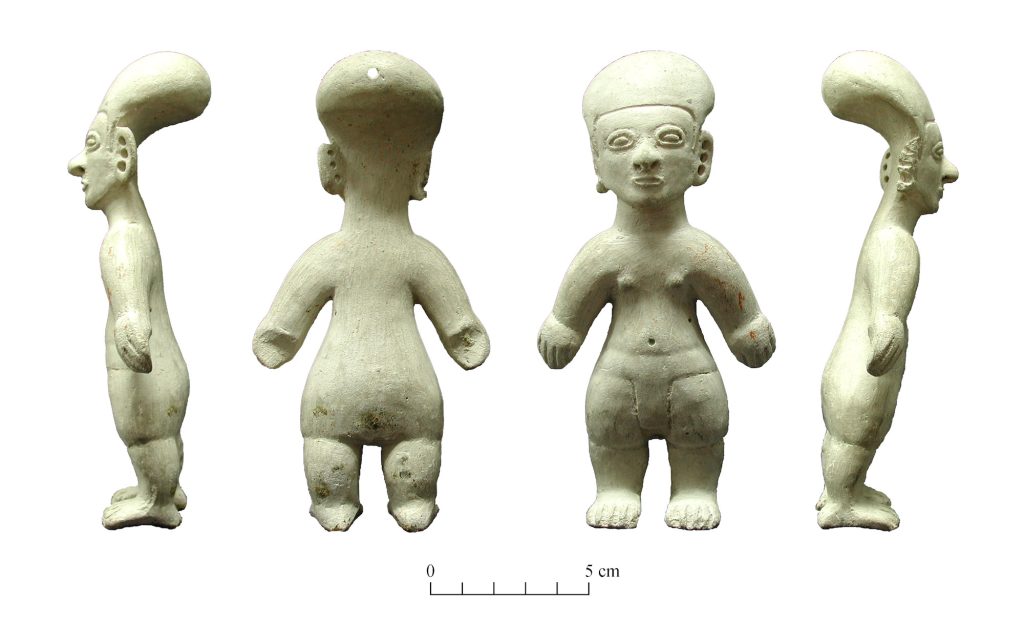
Furthermore, a growing focus on environmental sustainability has led to the use of recycled materials in sculpture. Artists like El Anatsui incorporate discarded items into their work, melding creativity with a poignant commentary on consumerism and waste. This not only adds layers of meaning but also encourages viewers to reflect on societal impact and the importance of recycling in our modern world.
Conclusion
The evolution of sculpture from traditional to modern approaches raises intriguing questions about authenticity and the role of technology in artistic creation. As we explore the nuances of this journey, it reveals not just a timeline of techniques, but also a mirror that reflects cultural identities and philosophical inquiries throughout history. Join us in examining these dynamic shifts, uncovering the artful interplay between material, method, and meaning that has defined sculpture through the ages.
DISCOVER MORE: Click here for exciting ideas on sustainable sculptures
Traditional Sculpture Techniques: A Lasting Legacy
Exploring the traditional sculpture techniques reveals a rich tapestry of skills and methods that have shaped the artistic landscape through the centuries. From the chiseled elegance of classical marble works to the organic warmth of wood, these materials have defined the essence of sculptural representation. The meticulous craftsmanship required to transform raw elements into intricate works of art speaks volumes about the dedication of sculptors and their reverence for their chosen mediums.
Marble, one of the most revered materials in the history of sculpture, has a long-standing tradition. Artists have marveled at the stone’s ability to convey realism and emotive expression. The process of sculpting marble is labor-intensive, demanding not only physical endurance but also a profound understanding of the material’s nuances. This is evident in iconic pieces like Rodin’s The Thinker or Bernini’s Apollo and Daphne, whose flawless surfaces and intricate details showcase the skill and artistry inherent in traditional methods.
Equally significant, wood sculpture has a storied past, prominently featured in many indigenous cultures across various continents. Each carved figure tells a story, bridging the gap between the tangible and the spiritual. The West African wooden statues, for instance, often serve as totems, embodying ancestors or spiritual beings. This connection to the past remains a core aspect of their artistry, blending functionality with deep cultural meaning. The tools, such as chisels and knives, employed in wood carving reflect a balance of precision and intuition, enabling artisans to bring their visions to life.
Moreover, traditional sculptors have often embraced bronze for its versatility and long-lasting nature. The process of lost wax casting is a sophisticated technique that dates back to ancient times. It involves creating a model in wax, encasing it in clay, and then heating it until the wax melts away, leaving a durable mold for casting. This method prolongs the lifespan of sculptures, allowing them to endure through the ages. Famous examples include the Charioteer of Delphi and many Renaissance works that exhibit vivid detail and reflect the artist’s intent.
- Marble: Known for its elegance, used in classical sculptures.
- Wood: Offers cultural narrative, especially in indigenous craftsmanship.
- Bronze: Renowned for durability; the lost wax method shows technical prowess.
Each traditional method highlights not only artistic skill but also serves as a testament to the historical context in which these works were created. By studying these traditional techniques, one can gain insights not just into the art itself, but also into the cultural values and societal changes that have played a crucial role in shaping sculpture throughout history. As we delve deeper into the modern innovations that follow, the dialogue between the past and present becomes increasingly apparent, bridging the gap between classical ideals and contemporary expressions.
The Evolution of Sculpture: Traditional versus Modern Techniques
As we delve deeper into the fascinating world of sculpture, it is important to recognize the contrasting methodologies that define traditional and modern techniques. Traditional sculpture, often characterized by the use of materials such as marble and bronze, emphasizes craftsmanship and the human touch. Techniques such as carving and casting have been passed down through generations, often honed over decades by skilled artisans. These sculptures frequently depict historical figures, mythological scenes, or religious motifs, capturing the essence of culture at various points in time.On the other hand, modern sculpture embraces experimentation and innovation. Artists today utilize a wide array of materials, ranging from metals and plastics to unconventional elements such as light and sound. This contemporary approach challenges the very definition of sculpture, frequently blurring the lines between art forms. One of the most notable features of modern techniques is the incorporation of technology, allowing artists to explore kinetic installations, digital projections, and even augmented reality.To further illustrate these differences, consider the following table that highlights the key advantages of traditional and modern sculptural techniques.
| Category | Description |
|---|---|
| Traditional Techniques | Focus on craftsmanship and historical relevance, emphasizing detailed representation. |
| Modern Techniques | Innovative use of materials and technology, encouraging experimental forms and ideas. |
This comparative analysis underscores how the evolution of sculpture not only reflects changes in artistic expression but also societal shifts in values, technology, and aesthetics. Artists today draw inspiration from historical practices while simultaneously pushing the boundaries of what sculpture can be, creating a rich tapestry of artistic evolution worth exploring further.
DIVE DEEPER: Click here to discover the benefits of art therapy
Modern Sculpture Techniques: A New Frontier
The realm of modern sculpture techniques has revolutionized the art world, merging innovation with imagination to create pieces that often defy traditional boundaries. Artists today are no longer confined to the classical materials and methods; instead, they explore a diverse range of substances and practices, from digital technologies to environmental installations. This shift not only reflects changing aesthetic values but also highlights a broader discourse on the nature of art and its role in contemporary society.
One of the most significant developments in modern sculpture is the advent of 3D printing. This technology allows artists to materialize their digital designs into physical forms with remarkable precision. Sculptors like Joshua Harker have embraced 3D printing as a means to conceptualize complex structures that would be unimaginable using traditional methods. The layering techniques employed in this process offer entirely new textures and dimensions, encouraging a dialogue about the relationship between art and technology. Moreover, the accessibility of 3D printing democratizes sculpture-making, empowering a new generation of creators to experiment without the prohibitive costs associated with traditional materials.
Additionally, modern sculptors have expanded their materials palette to include unconventional substances like found objects and recycled materials. Artists such as El Anatsui transform discarded materials, like bottle caps and aluminum, into stunning tapestries and sculptures that comment on consumption and sustainability. This practice not only challenges traditional notions of materials worthy of art but also carries an important environmental message. Such works provoke reflection on contemporary issues—inviting audiences to consider the impact of their own consumption habits.
Furthermore, installation art has emerged as a significant realm within modern sculpture, often engaging viewers in immersive experiences. Artists like Yayoi Kusama create entire environments that invite participants to become part of the artwork. The use of light, space, and sound blurs the lines between sculpture and performance, transforming physical experience into a sensory journey. These installations often incorporate technology, lighting effects, and interactive elements that reflect social commentary, making the spectator an integral part of the artistic conversation.
- 3D Printing: Revolutionizes sculptural design, allowing intricate creations.
- Found Objects: Utilizes everyday materials, emphasizing sustainability and resourcefulness.
- Installation Art: Creates immersive experiences, engaging viewers in new ways.
These modern approaches to sculpture signify an important evolution in the art form, pushing boundaries and expanding definitions. The techniques utilized today often foster collaboration across disciplines, inviting input from engineers, architects, and even communities themselves. This shift highlights a growing recognition of art’s role as a catalyst for conversation about societal values, technology, and the environment. As we explore these practices further, the interplay between traditional methods and modern innovations becomes a fascinating landscape, one where history and futurism coexist in a dynamic dialogue.
DISCOVER MORE: Click here to learn about sustainable sculptures
Conclusion: Bridging Tradition and Innovation in Sculpture
The evolution of sculpture from traditional to modern techniques underscores a remarkable transformation in artistic expression and societal engagement. While traditional methods, defined by their craftsmanship and historical significance, laid the foundational principles of sculptural art, modern techniques have liberated artists to explore uncharted territories, both conceptually and materially. The rise of 3D printing and the use of found materials reflect an ongoing dialogue between the past and the future, inviting new perspectives on what sculpture can embody.
Furthermore, the incorporation of immersive installation art challenges the viewer’s interaction with the piece, blurring the lines between artist and audience. This evolution not only enriches the viewing experience but also prompts critical discussions around themes such as sustainability, technology’s role in creativity, and the environmental consciousness of art-making. The result is a vibrant landscape where innovation meets tradition, encouraging artists to push their boundaries while honoring the historical context of their craft.
As we continue to navigate this dynamic interplay, it becomes evident that the future of sculpture lies in embracing both traditional techniques and modern innovations. This synthesis offers a vast realm of possibilities, allowing artists to convey complex narratives that resonate with contemporary audiences. In exploring this rich tapestry of artistic practice, we are reminded that the essence of sculpture is not merely in its form, but in its capacity to reflect and provoke thought about the world around us. As such, the evolution of sculpture remains a vibrant and inspiring journey, continuously inviting exploration and introspection.

